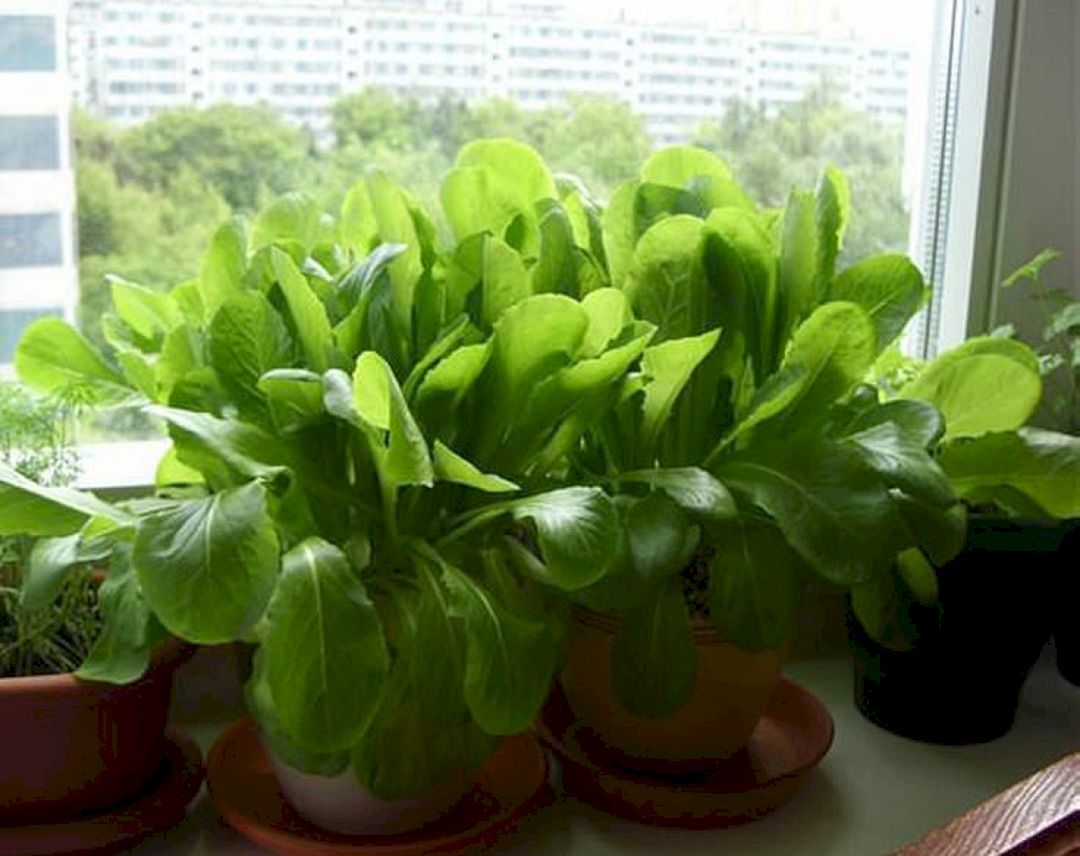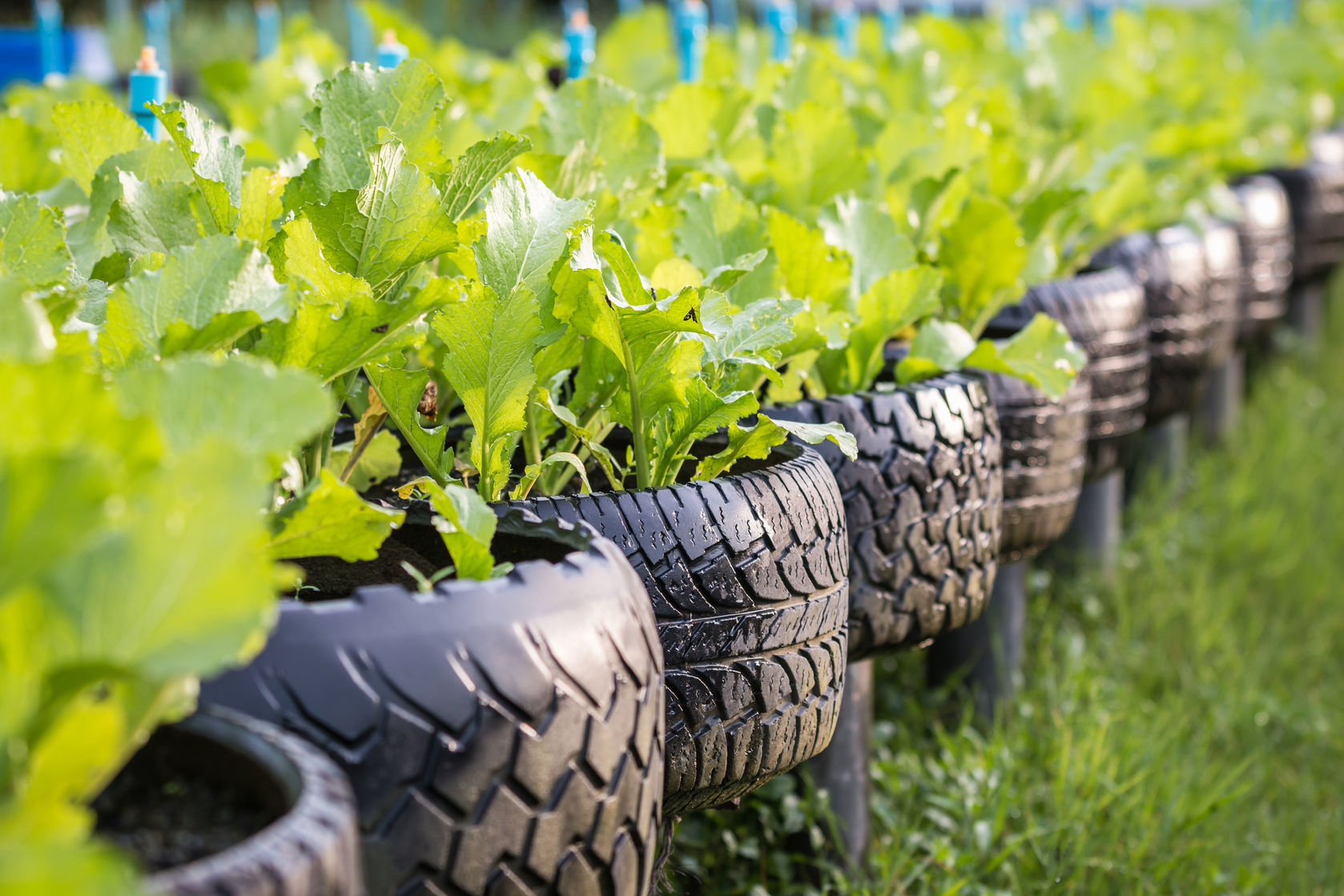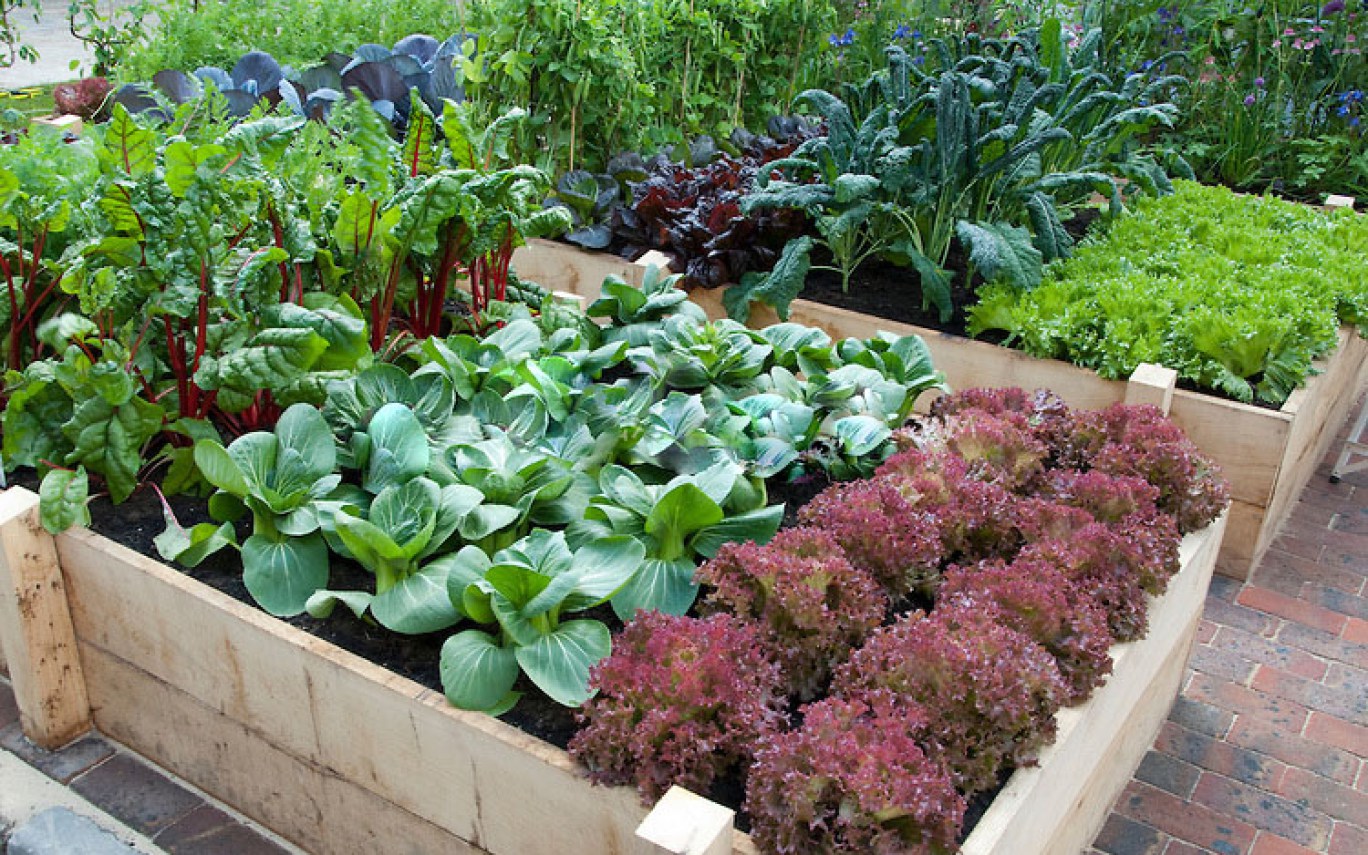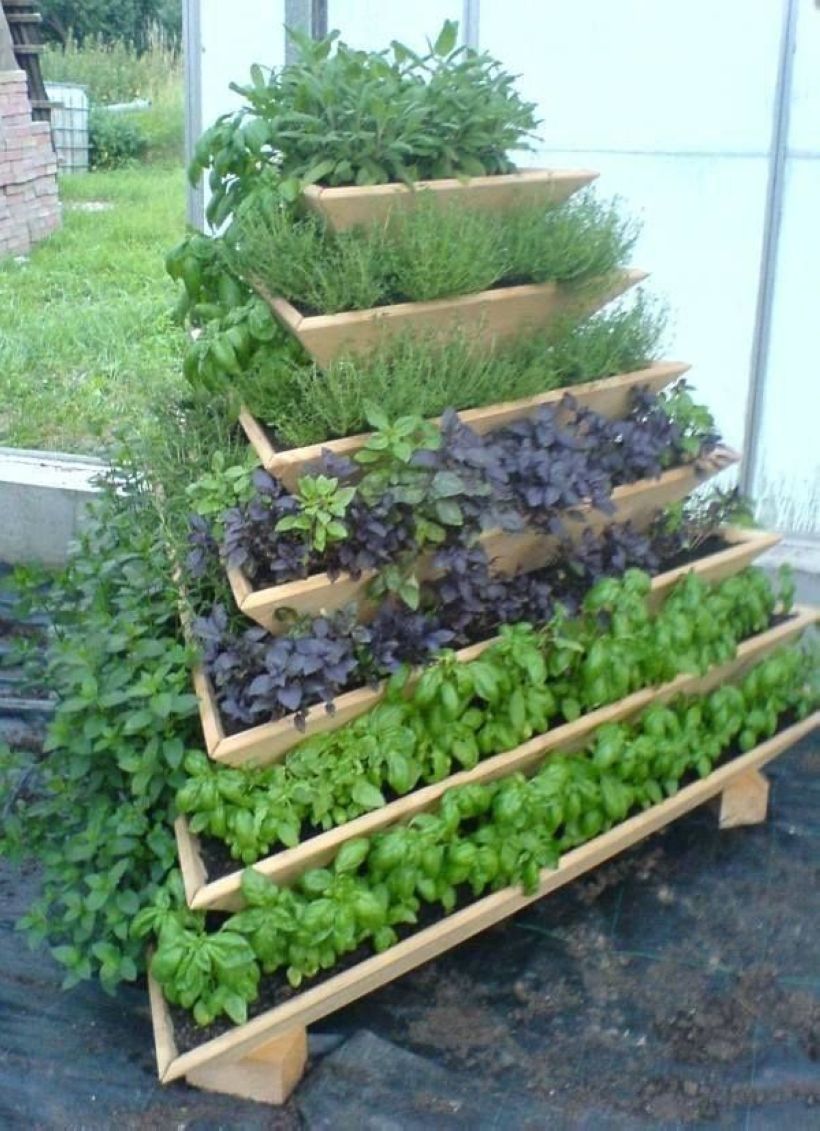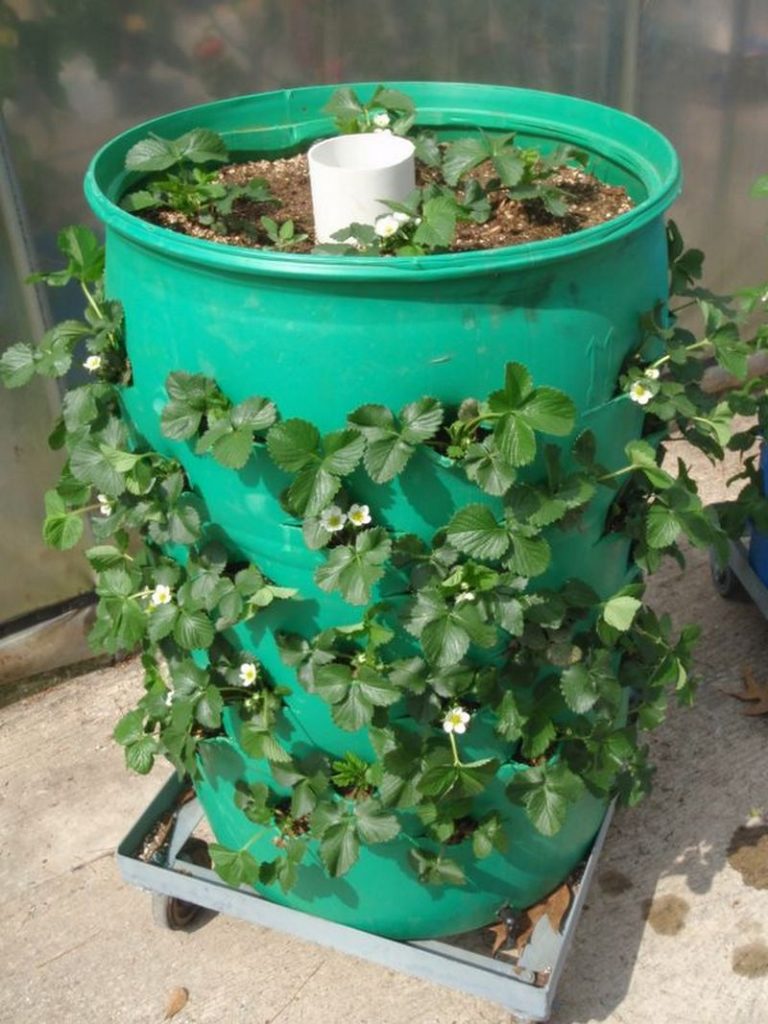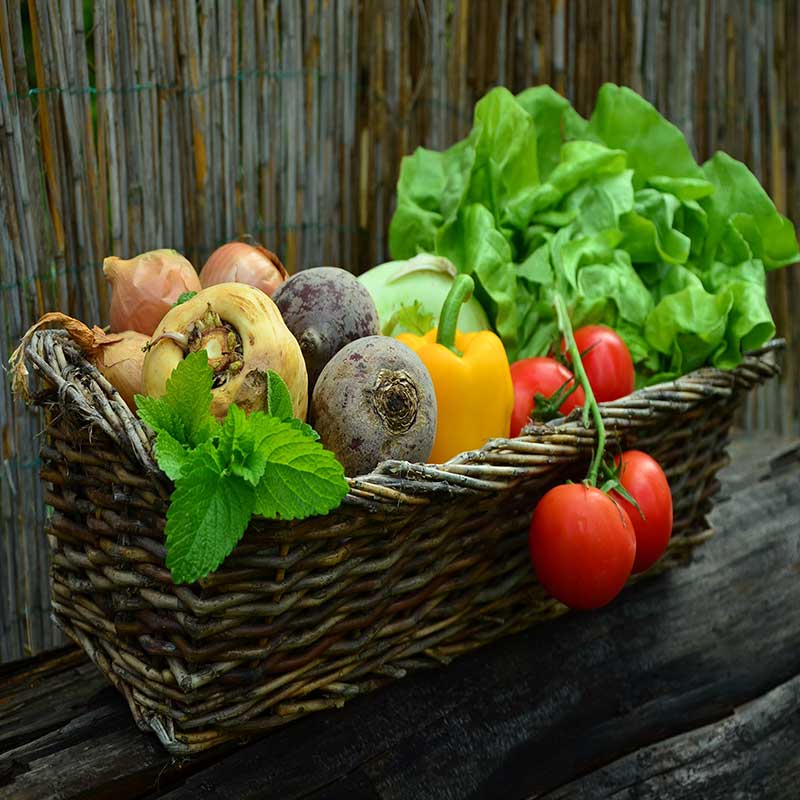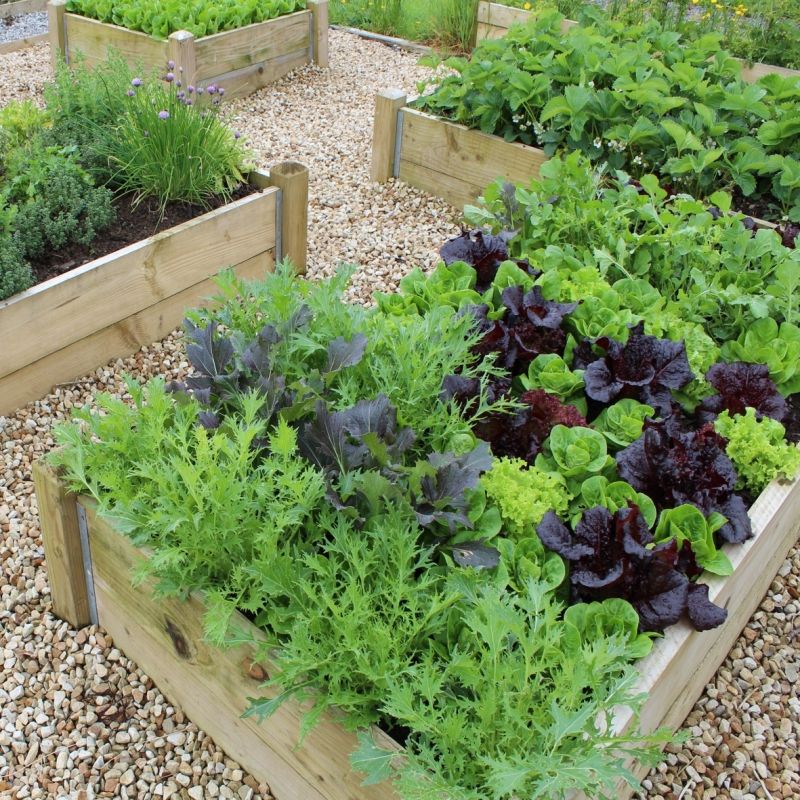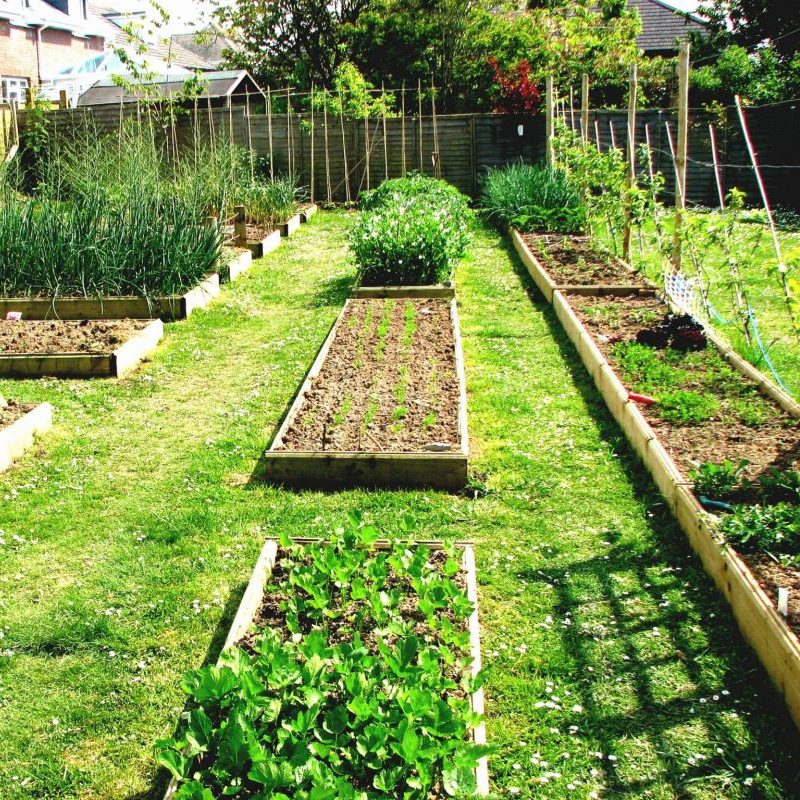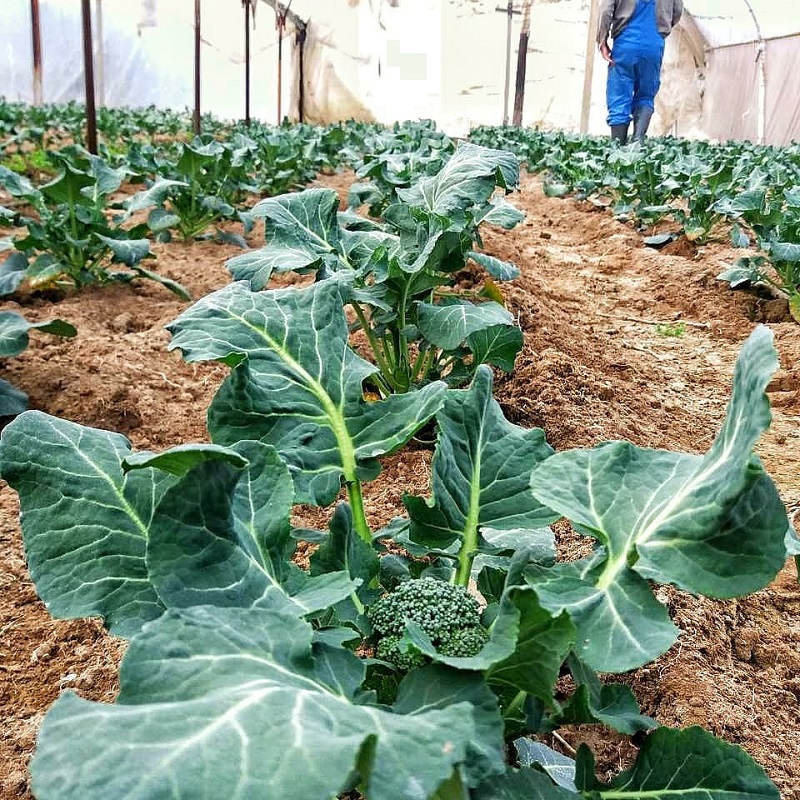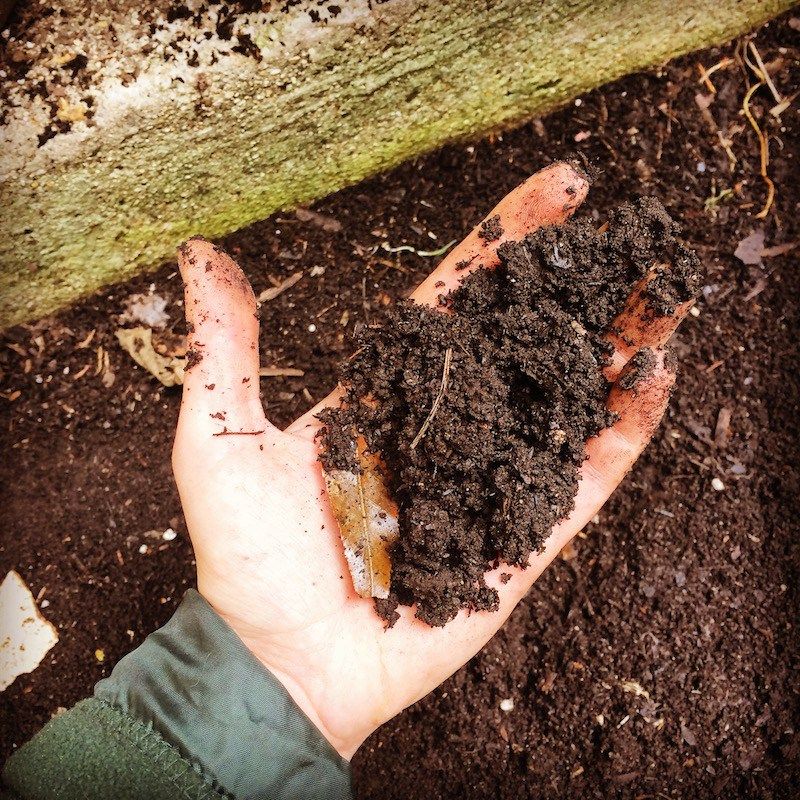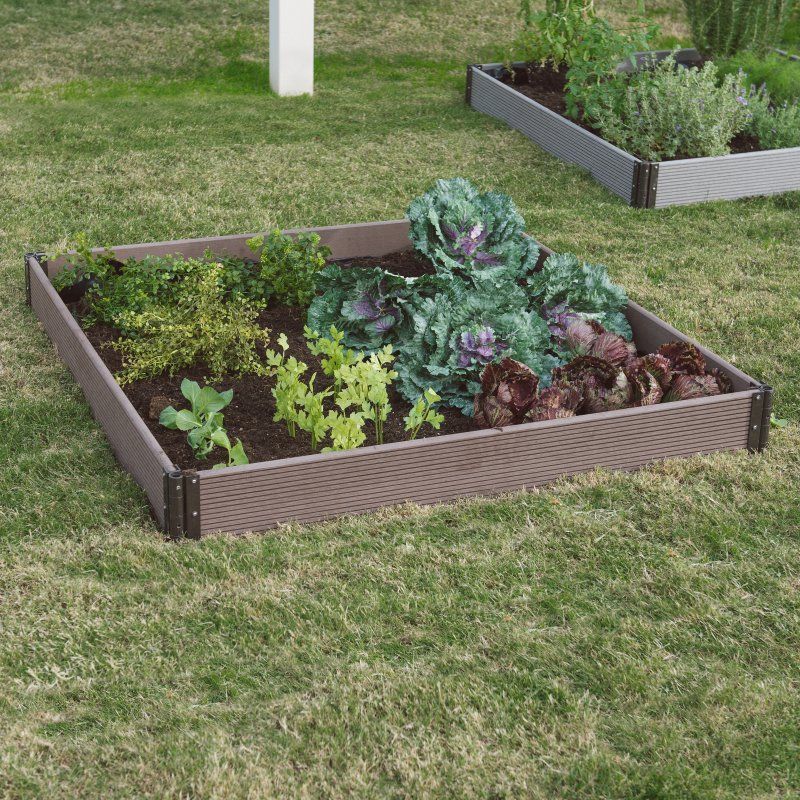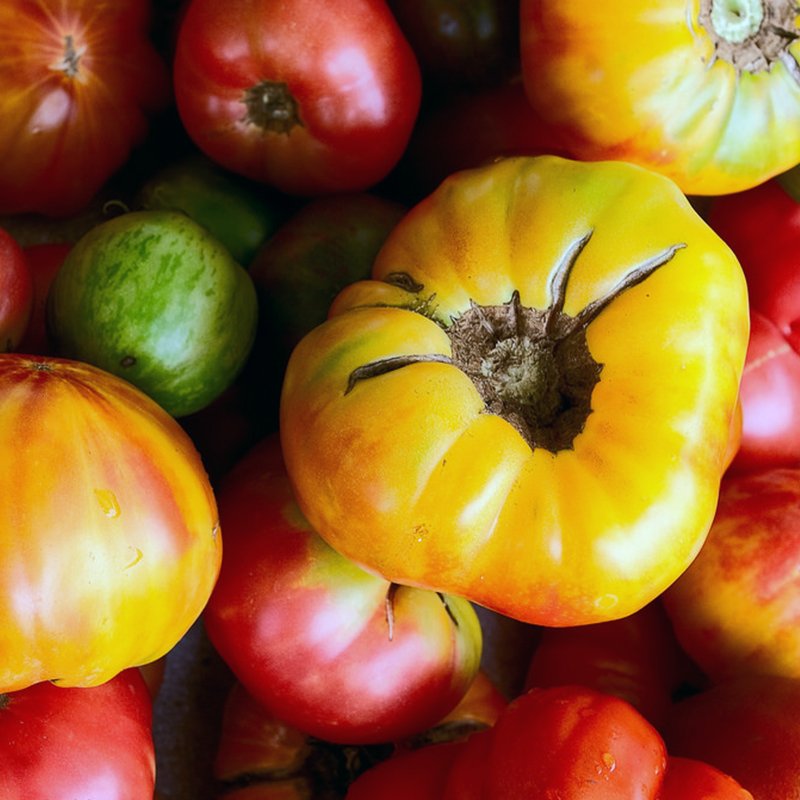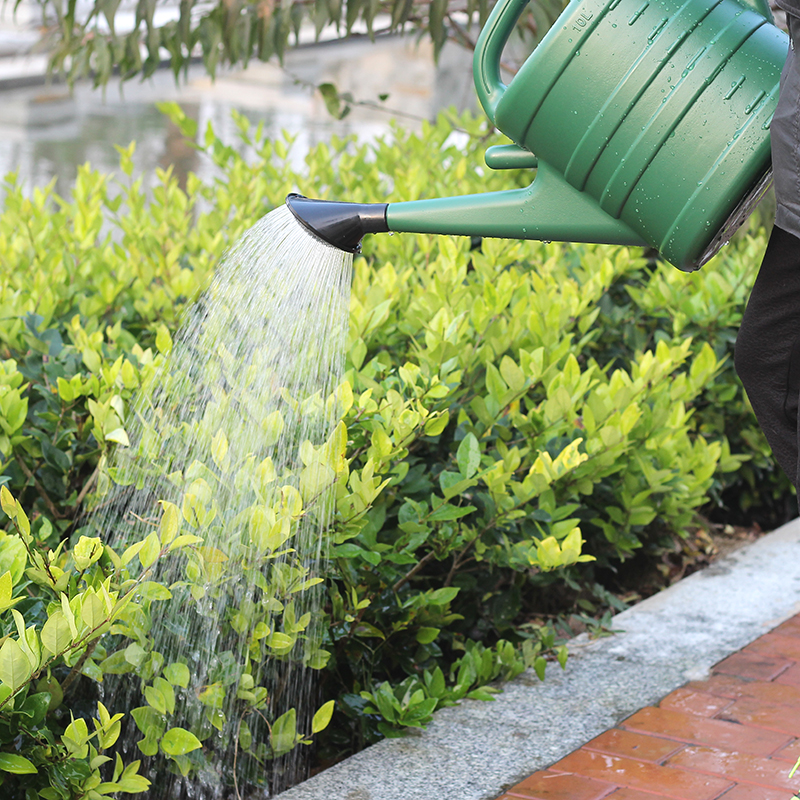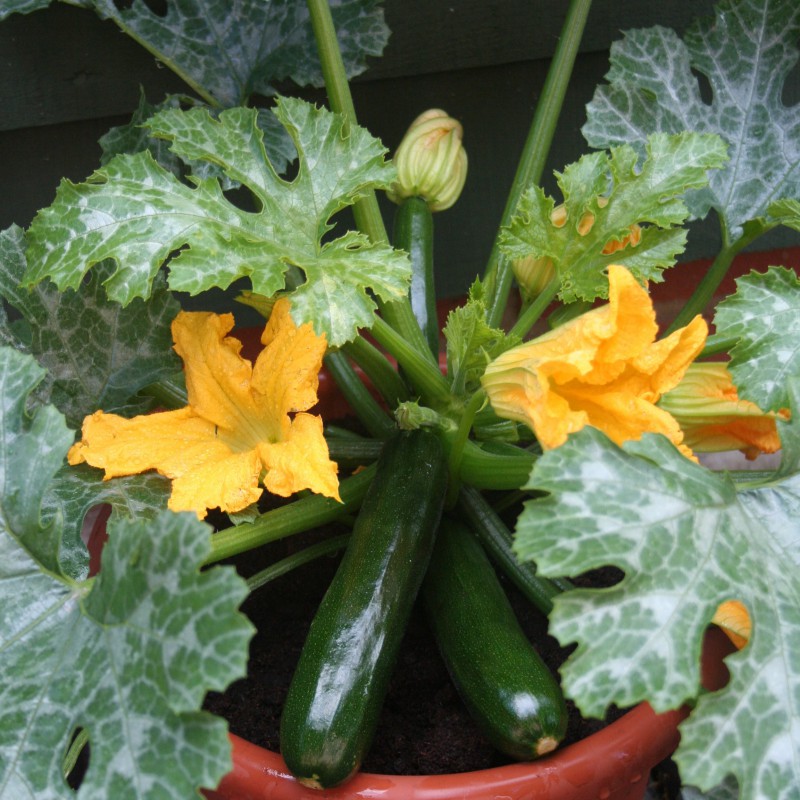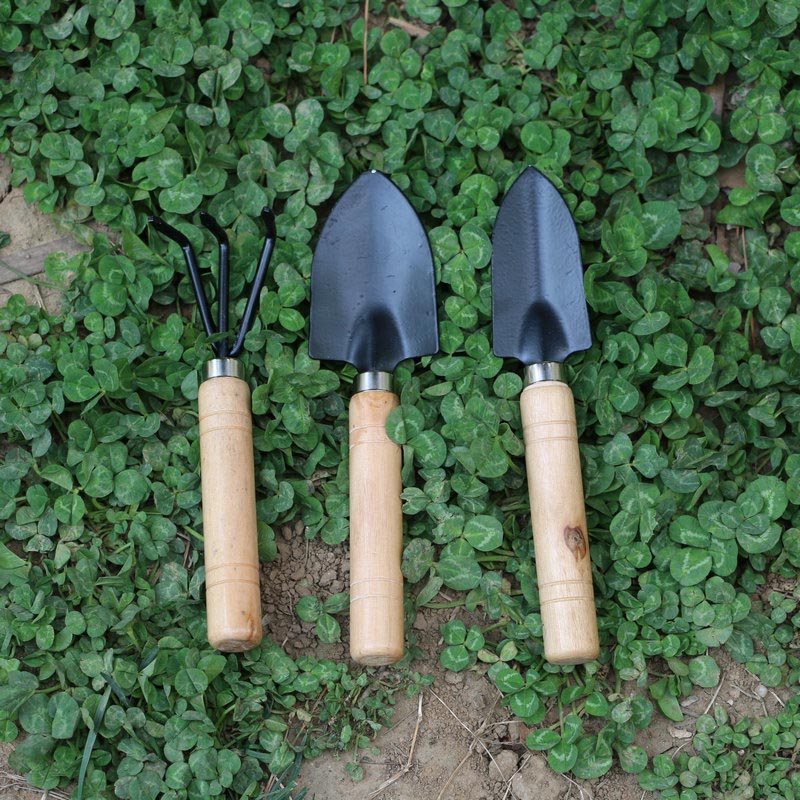Adorning your backyard with beautiful flowers is such a great idea. Instead of having colorful flowers that only provide pleasing scenery, why don’t you try growing edible plants?
Here are 10 vegetable garden at home ideas for beginners that you can try.
1. Plant Them in a Row
Growing vegetables in some rows is considered to be a conventional farming method.
This layout works best if you have a huge backyard since it requires much space for the plants and the walking paths.
To create this kind of layout, you simply sow the seeds in the soil to make a row. You can grow one type of plants or more.
Just make sure that one row is for one species. You may also need to consider the space between each plant.
Conventional farming layout features a pathway between each row that allows you to stroll along while combating weeds.
It also enables you to use mechanical equipment comfortably.
Pro:
- The pathways enable you to walk between the vegetables so you can take care of the vegetables better.
Con:
- Since some of the soil is occupied by the pathways, you will have a fewer space to grow more plants.
2. Windowsill Gardening
Are you an apartment dweller who is longing for a vegetable garden to prettify your home as well as providing fresh ingredients for your salad? Try this gardening idea – windowsill gardening.
The availability of space is not the most important thing that a vegetable needs to grow.
Vegetables require good quality of soil and sufficient sun and water to thrive.
Therefore, placing some planters by the window will do in a pinch.
Some of the veggies that you can plant on your windowsill are tomatoes, lettuce, chilies, green onions, spinach, sprouts, garlic, radishes, beans and peas, and carrots.
These vegetables are not fussy and easy to cultivate. You only need to prepare some small pots or a bigger container that fits your windowsill, fill it with soil, sow the seeds in it then put it by the window.
3. Let Them Climb the Trellis
If you have to deal with limited space that does not allow you to have your very own personal garden, just make your vegetables climb up the trellis or fence.
Even better, you can form a living tunnel made out of vegetables just like this one.
When you stroll along this tunnel, you will be amazed with the natural pops of colors provided by the pumpkins, cucumber, tomatoes, loofah, chayote, and winter squash.
Not only will they provide tasty and fresh vegetables for your salad and pickles but they will also embellish your plain and mundane trellis, adding a little bit touch of romantic ambience.
It would be nicer if you add LED string lights that illuminate the garden during the night.
4. Grow the Vegetables in Containers
Growing vegetables in containers is your best bet when you are tight in space.
You can get containers with various sizes and shapes in stores easily to meet your need well.
But if you want to add more style to your vegetable garden as well as saving more bucks, you can begin getting some used stuff and turning them into fabulous planters, just like these tires.
Tires can make pretty good plant pots. You just need to lay the tire horizontally in a spot that receives full sun.
Dig the soil in the circle of the tire and till fertilizer into it. Then, sow two or three seeds. Don’t forget to water them regularly.
To perk your garden up, you can paint the tires the colors of your choice.
And you are welcomed to repurpose other things and turn them into chic containers like old boots, plastic bottles, or even bicycles.
5. Vegetables in Raised Beds
Planting some vegetables in raised beds is on trend now. It allows any homeowner who dwells in any house to thrive vegetables although they do not have any lawns. You can even plant veggies on a paved area.
Raised beds provide a safe haven for your veggie since they are elevated several inches off the ground so it is away from the foot traffic.
You will not find your kids or even you step onto the spinach anymore.
Placing your vegetables in some raised beds may require you to spend more money for the construction.
But it does not have to be pricey as you can use some leftover to make it. You can even use planks and rebar or sandbags to make one.
6. Stack Them Up
Don’t let small backyard deter you from growing spinach, beetroots, kale, and collard green at once.
You can still have them all if you invest in this pyramid planter.
This planter is available in stores. But if you want to salt away some money, you can make it yourself.
If you decide to make it yourself, you can try to fill the planter with dirt when adding the side boards. It will make this project easier.
Once the pyramid is done and it is filled with dirt, you can begin sowing the seeds.
You can grow various kinds of vegetables in each level. And that is what makes it wonderful.
7. Repurposing a Barrel
It seems going vertical is your safe bet when it comes to limited space.
And repurposing used things like plastic barrels will definitely help you have a nest egg as well as solving littering issue.
All you need to do is cutting off some parts of the barrel to make some pockets that hold your plants.
And you need to place a tube in the middle as the irrigation system.
8. Provide a Label for Each Vegetable
Sometimes, leafy greens look alike. And if you do not look at them carefully, you are likely to pick the wrong leafy greens.
And thus, it is necessary to label your containers or raised beds.
Labeling your plants enable you to recognize them easily. Besides, it can also help your kids learn the name of vegetables fast. You can always learning by doing, right?
Having vegetable garden at home can make you thrilled. After reading these ideas, you might come up with brilliant ideas now.
Keep in mind that growing vegetable at home does not only about making it look attractive but it also entails regular maintenance.


